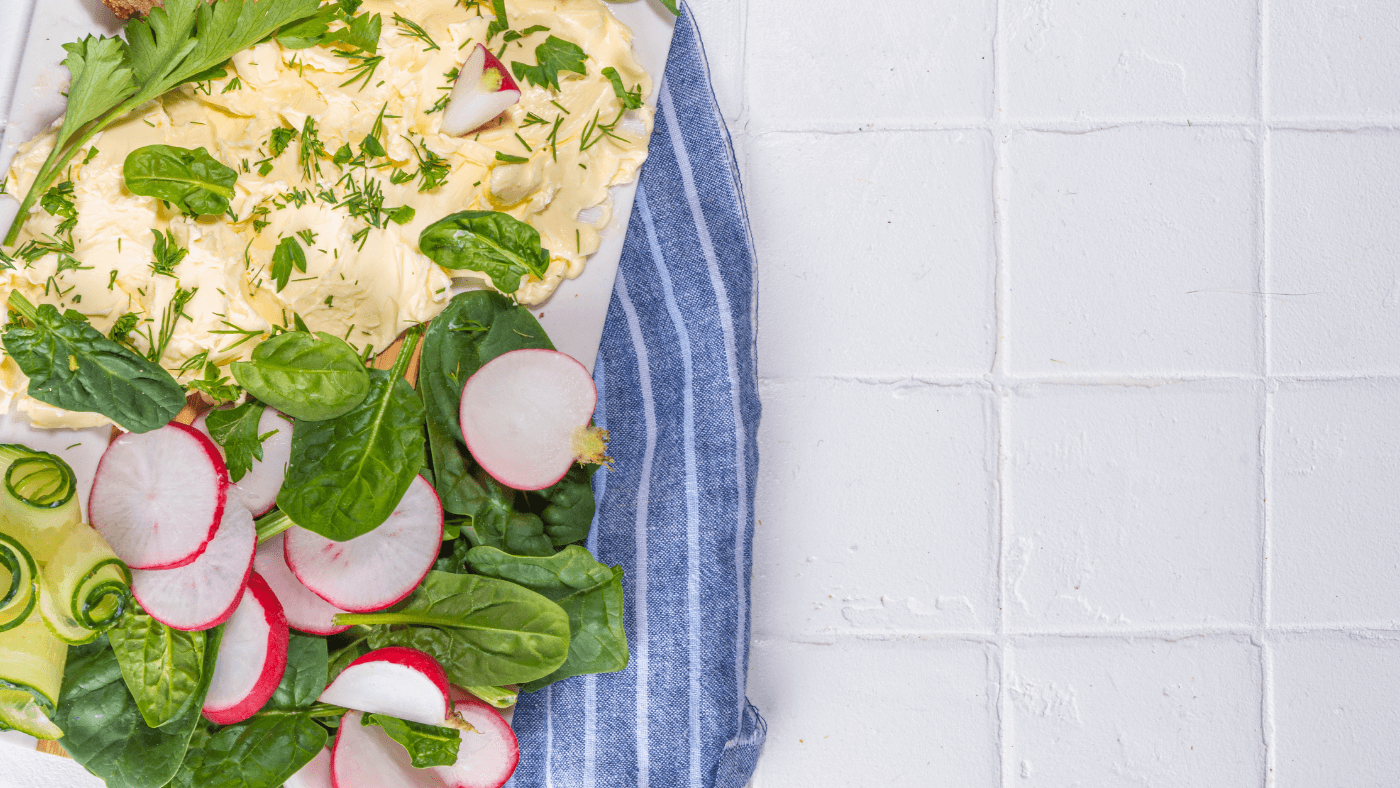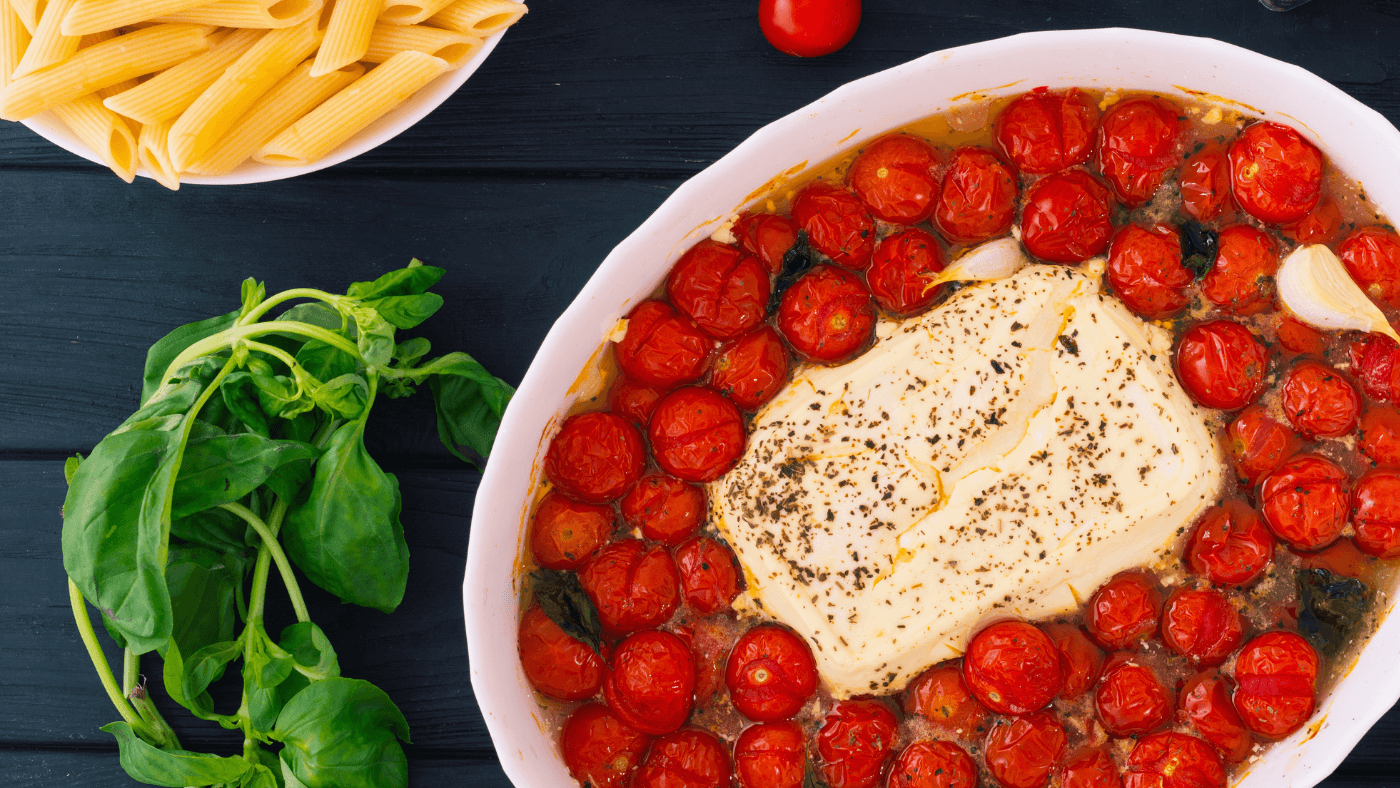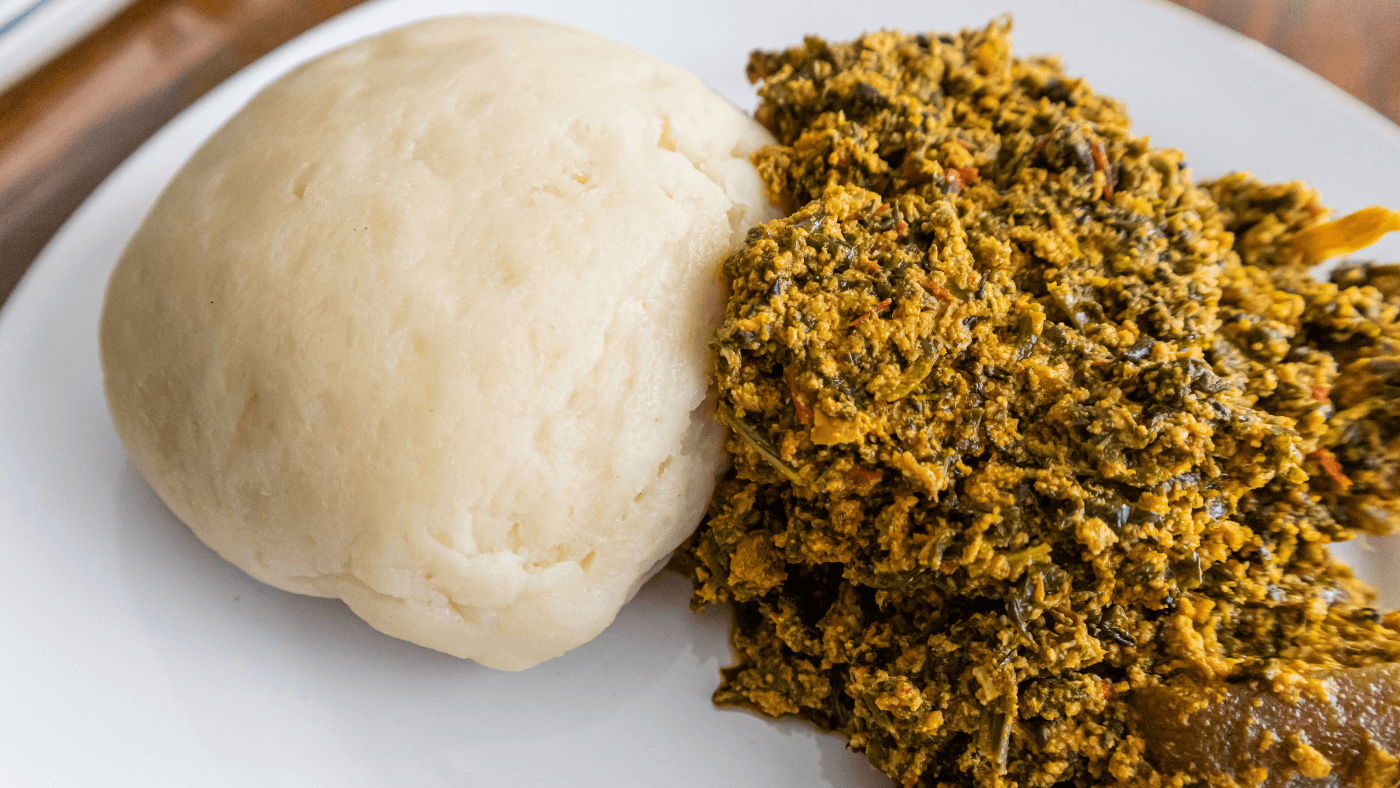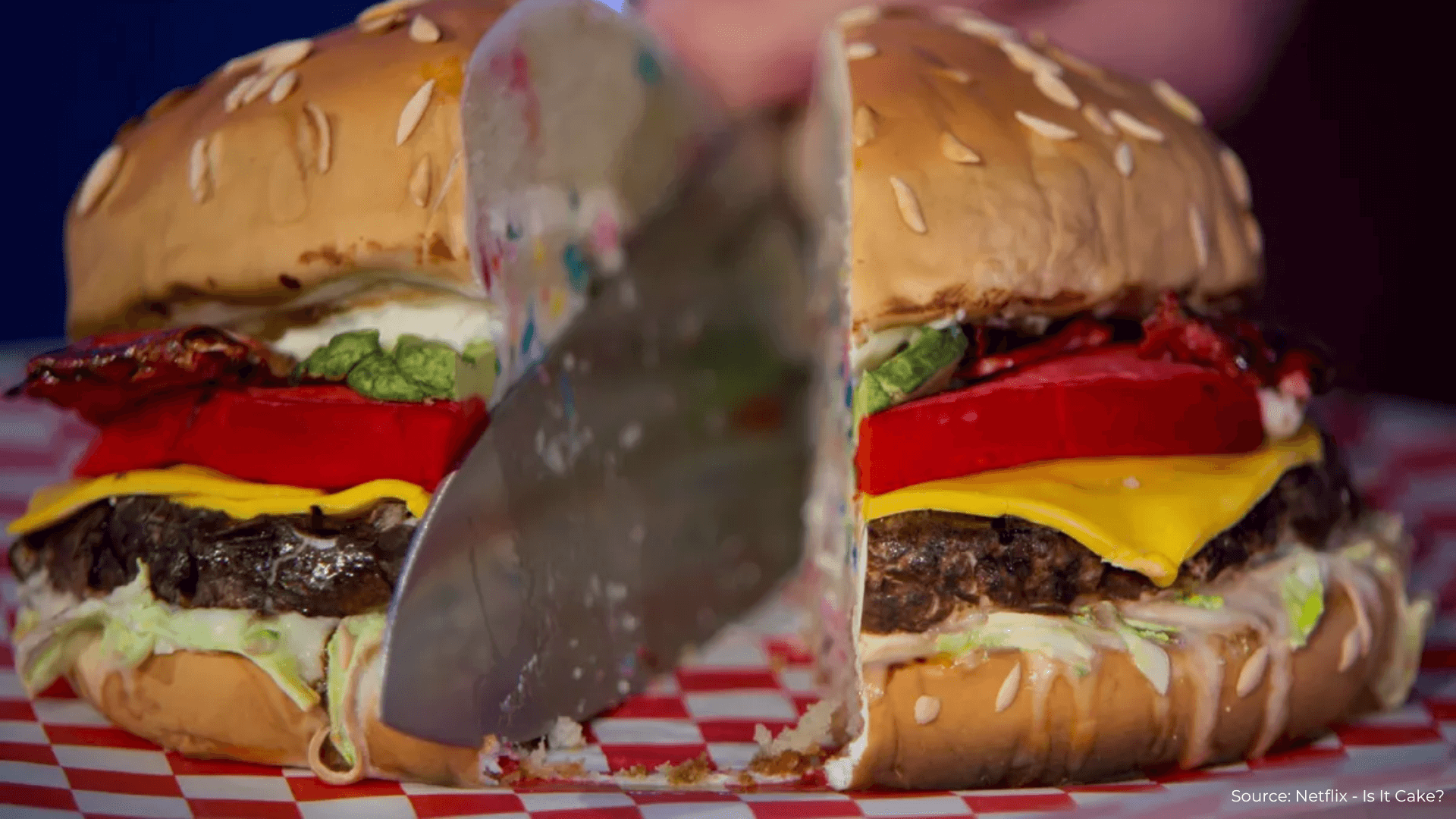A new year ushers in a new batch of food trends, but not every one of them is necessarily a keeper.
In contrast to the food trends we hope to see this year, this is a round-up of the ones we hope to see the back of in 2023.
1. Butter boards
This likely won’t be a surprise to many, but butter boards were one of the more questionable trends from last year. For those who aren’t aware, as the name suggests, a butter board is an off-shoot from the charcuterie board. They are made by placing (or smearing) blobs of butter onto a platter of some kind, before being served alongside bread for scooping. For extra flavour and interest, they can be topped with flaky sea salt, herbs and other textural garnishes.
At face value, serving butter this way might seem fairly innocuous, but there are a number of reasons this trend isn’t worth the hype. Practically speaking, the butter can melt and make a huge mess, and to make an impressive TikTok-level board, you would need a lot of butter, increasing the risk of mess. Added to this is the cost of a butter board. Unlike butter served in a dish, you can’t really keep the leftovers from a butter board to use up elsewhere, especially if you have added garnishes. As much as we all love butter, the ratio to bread tends to be way off, so let’s forget this ever happened and stick to using knives and butter dishes.

2. Experiential cocktail vessels
Don’t get me wrong, I love trying a new, inventive cocktail, especially if it’s inspired by a nostalgic memory or someone’s imagination and creativity. The cocktails I’d like to see the back of are the ones where it’s less about what you’re drinking and more about how you’re drinking it. Do I need to drink out of a fish bowl? How about a child’s sippy cup? A rugby ball? Hard no, thank you. A perfectly-blended cocktail will always stand out, but oftentimes these vessels get in the way of the simple pleasure of enjoying a great drink. More beautiful stemware, and fewer kitsch containers, please!


3. Hyperrealist cakes
How many times have you been scrolling online just to see someone sliding a knife into a luxury handbag or a cute kitten, only to find that it’s… cake? This trend of hyperrealism has to be one of the strangest. From a technical standpoint, it is incredible what some people are capable of making. Anyone familiar with fondant icing will tell you how difficult it can be to work with, but that doesn’t make this trend any less weird. A novelty cake for a kid’s birthday party is one thing, but do we really need the traumatic rollercoaster of thinking we’re seeing someone decapitate a kitten to appreciate some craftsmanship? A good old chocolate cake will do just fine.
4. TikTok trends
TikTok has been one of the main sources of food trends over the last few years and, while some of them have been pretty great (hello, baked feta pasta!), some just aren’t – as we’ve seen above. The problem with TikTok food trends isn’t that some are quite wacky, it’s that the nature of social media makes everyone think they have to adopt a trend to keep up. I don’t need to see “nature’s cereal” on a restaurant’s menu to know that they’re cool. In fact, I don’t want to see nature’s cereal anywhere. Similarly, did anyone need Olivia Wilde to tell them how to make a good salad dressing? There’s a fine line between keeping an eye on trends and being a slave to them and I encourage everyone to try to release themselves from TikTok’s chokehold in 2023.


5. Cultural insensitivity
Thankfully the food industry has progressed enough to know that embracing a nation’s culture or cuisine isn’t merely a trend. However, there is still a lingering lack of awareness about how unfamiliar foods are viewed. A perfect example is this: one of this year’s biggest shifts is celebrating African – and in particular, West African – cooking, but that doesn’t mean its interpretation is fair game. With trends like the #fufuchallenge currently doing the rounds on social media, it’s easy to see how cultural appreciation can quickly take a turn towards ignorance, with users displaying a range of reactions from outright disgust and mockery to bizarre misappropriation. We should all be encouraged to try new foods, but it’s important to acknowledge and respect their origins and cultural significance and, where possible, seek out people cooking these cuisines authentically.





0 Comments